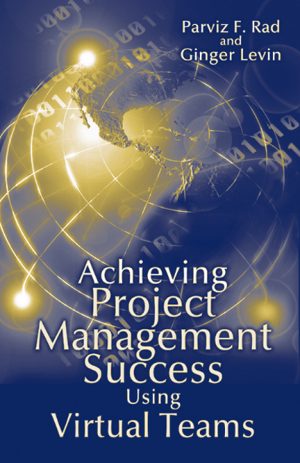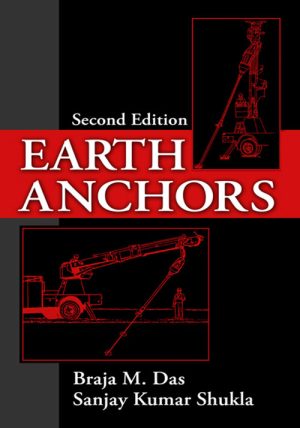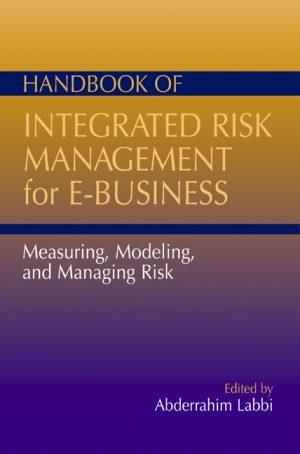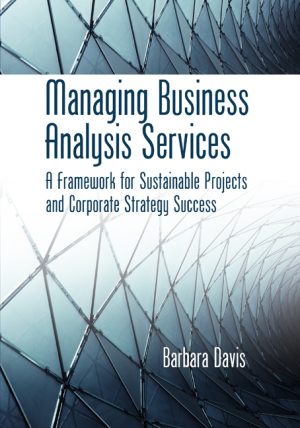Laboratory Testing of Soils, Rocks and Aggregates
$79.95
By N. Sivakugan, A. Arulrajah and M.W. Bo
Softcover, 7.5 x 9.25, 240 pages
ISBN: 978-1-60427-047-1
July 2011
Description
Testing rocks and aggregates are rarely covered in soil testing books and there are no separate books on rock or aggregate testing. Laboratory Testing of Soils, Rocks and Aggregates includes laboratory testing methods for most tests for soils as well as rocks and aggregates, which are becoming increasingly common in professional practice and university teaching. Part A gives a general overview of laboratory measurements, equipment, units, safety and standards. Part B covers soil tests from grain size distribution to consolidation, triaxial and direct shear tests. Part C covers rock tests, which includes the indirect tensile strength test and point load test. Part D covers the common tests carried out routinely on aggregates, which includes the aggregate impact value test and Los Angeles abrasion test. Each test consists of the following descriptive parts: Objective, Standards, Introduction, Procedure, and Cost. References are made to ASTM International (ASTM), Australian (AS), British (BS) and International Society of Rock Mechanics (ISRM) standards and any differences are noted.
Key Features
- Contains virtually all current laboratory tests for soils, rocks and aggregates in one volume
- Presents the tests with the most concise and reader-friendly explanation possible, but in adequate detail for both professionals and students
- Includes references to international standards: ASTM, ISRM, BS, and AS
- The authors are practicing consulting engineers as well as university professors – Dr. Sivakugan is the author of the best-selling book, Geotechnical Engineering: A Practical Problem Solving Approach
- WAV offers downloadable spreadsheets that can be used to develop laboratory specific datasheets and easily modified to your style available from the Web Added Value Download Resource Center
About the author(s)
Dr. Nagaratnam Sivakugan is an associate professor and the head of Civil & Environmental Engineering in the School of Engineering and Physical Sciences at James Cook University, Townsville, Australia. He is a co-author of Geotechnical Engineering: A Practical Problem Solving Approach, a popular textbook adopted by many universities worldwide. He graduated from the University of Peradeniya, Sri Lanka, with first class honors and received his MSCE and PhD from Purdue University, Lafayette, Indiana. As a chartered professional engineer and registered professional engineer of Queensland, he does substantial consulting work, including extensive laboratory and in situ tests for geotechnical and mining companies throughout Australia as well as internationally. He is a Fellow of Engineers Australia. Dr. Sivakugan has supervised eight PhDs to completion and has published 65 scientific and technical papers in refereed international journals, 65 more in refereed international conference proceedings, and six book chapters. He serves on the editorial board of the International Journal of Geotechnical Engineering and is an active reviewer for more than 10 international journals. He developed a suite of geotechnical PowerPoint slideshows that is being used worldwide as an effective teaching and learning tool.
Dr. A. Arulrajah is an associate professor in geotechnical engineering at Swinburne University of Technology, Melbourne, Australia. He completed his BSc in civil engineering at Purdue University, Lafayette, Indiana, in 1992; MEngSc at the University of Malaya, Malaysia, in 2003 and PhD from Curtin University, Australia, in 2005. Dr. Arulrajah is a Fellow of Engineers Australia, and a Chartered Professional Engineer in Australia. Prior to his first academic appointment in 2006, he worked for 14 years for various engineering consultants in Australia, Singapore, and Malaysia. Dr. Arulrajah was the first author of a journal paper on ground improvement that won the Telford Premium Prize (2009) from the Institution of Civil Engineers, United Kingdom. He is also the recipient of the Shamsher Prakash prize for excellence in the practice of geotechnical engineering (2010) and the recipient of three Swinburne University Vice-Chancellor Awards. He is the author of nearly 40 scientific and technical papers in refereed international journals and 40 more in refereed international conference proceedings. He has supervised three PhD candidates to completion in these areas of research. He is an editorial board member of the International Journal of Geotechnical Engineering and is an active reviewer for several international journals.
Dr. Myint Win Bo (BO Myint Win) is a senior principal/director (Geo-Services) at DST Consulting Engineers, Canada. He graduated with a BSc (geology) from the University of Rangoon and received a postgraduate diploma in hydrogeology from University College, London and an M.Sc degree from the University of London. He obtained his PhD in civil engineering (specializing in geotechnics) from the Nanyang Technological University, Singapore. He is a Fellow of the Geological Society, London, and a Fellow of the Institution of Civil Engineers, UK. He is also a professional engineer, professional geoscientist, international professional engineer, United Kingdom, and a chartered geologist, scientist, engineer, environmentalist, European geologist, and European engineer. Dr. Bo is also serving in several national and international professional societies as a committee member. Dr. Bo is an experienced practicing engineer as well as educator, and he has been giving several special lectures and workshops at international conferences, tertiary institutions, and professional associations. Additionally, Dr. Bo is an adjunct professor at the University of Ottawa and Lakehead University in Canada as well as adjunct professor at the Swinburne University of Technology in Australia. He is the author of more than 50 scientific and technical papers in refereed international journals, 70 more in refereed international conference proceedings, and three textbooks. Dr. Bo is an active reviewer for more than 6 international journals.
Table of Contents
Preface
About the Authors
WAV
Part A: Introduction
Disturbed and Intact Samples
Accuracy, Precision, and Resolution
Some Laboratory Devices
Standards
Units
Laboratory Report
Safety
Further Reading
Part B: Soil Testing
Introduction
Standards
B1 Visual Identification and Classification of Coarse Grained Soils
B2 Visual Identification and Classification of Fine Grained Soils
B3 Water Content
B4 Specific Gravity of Soil Grains
B5 Sieve Analysis
B6 Hydrometer Analysis
B7 pH
B8 Organic Content
B9 Liquid Limit—Casagrande’s Percussion Cup Method
B10 Liquid Limit—Fall Cone Method
B11 Plastic Limit
B12 Linear Shrinkage
B13 Compaction Test
B14 Maximum and Minimum Densities of a Granular Soil Field Density Test
B16 Hydraulic Conductivity of a Coarse Grained Soil
B17 Hydraulic Conductivity of a Fine Grained Soil
B18 One-dimensional Consolidation by Incremental Loading
B19 Direct Shear Test
B20 Consolidated Undrained Triaxial Test
B21 Unconsolidated Undrained Triaxial Test
B22 Unconfined Compression Test
Part C: Rock Testing
Introduction
C1 Water Content
C2 Density and Porosity
C3 Uniaxial Compressive Strength
C4 Point Load Test
C5 Indirect (Brazilian) Tensile Strength
C6 Schmidt Hammer Rebound Hardness
C7 Slake Durability Test
C8 Triaxial Test on a Rock Specimen
C9 Direct Tensile Strength
Part D: Aggregate Testing
Introduction
D1 Water Absorption of Aggregates
D2 Flakiness Index
D3 Fines Content
D4 Aggregate Impact Value (AIV)
D5 California Bearing Ratio (CBR)
D6 Large Direct Shear Box Test
D7 Los Angeles Abrasion Loss
Part E: References
References
Index
Related products
-

Achieving Project Management Success Using Virtual Teams
Retail Price: $49.95$39.95 Add to cart -

Earth Anchors
Retail Price: $79.95$69.95 Add to cart -

Handbook of Integrated Risk Management for E-Business
Retail Price: $89.95$69.95 Add to cart -

Financially Focused Project Management
Retail Price: $54.95$44.95 Add to cart -

Managing Business Analysis Services
Retail Price: $54.95$44.95 Add to cart

